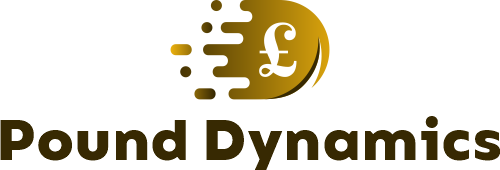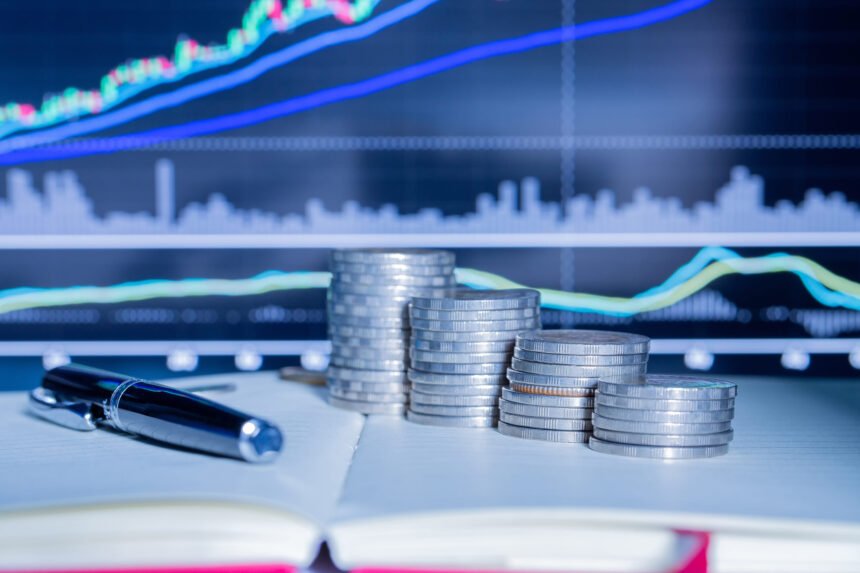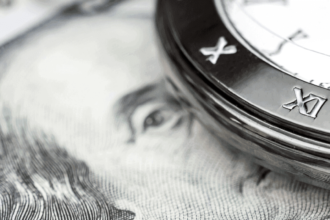U.S. President Donald J. Trump vowed to make the stock market great again and to bring “Liberation Day” to global trade and tariff agreements. While the U.S. stock market and dollar-denominated assets continue to dominate most private and institutional investment portfolios as part of U.S. exceptionalism, Central Asian countries and their stock, currency and capital markets are gaining more attraction with smart and patient capital. The U.S. is also stepping up efforts to engage directly with Central Asia, as governments in the region seek to diversify economic partnerships and secure investment for transport links, the energy transition, and critical minerals development.

Rainer Michael Preiss.
While New York City and Wall Street have a new mayor, it is important to recall that Wall Street runs on narratives and that it is also a large marketing machine that can influence investor psychology and global asset allocation.
Kazakhstan assets typically sit within the frontier or emerging market segment of global portfolios. Kazakhstan and its local currency assets could increasingly be seen as the Saudi Arabia of rare earth and critical minerals. Because of this, Kazakh assets may be poised for a fundamental re-rating.
Kazakhstan has emerged as a beacon of investment in recent years, capturing the attention of international businesses and investors alike. The nation’s strategic location, abundant natural resources and forward-thinking policies have driven a surge in business activity, positioning Kazakhstan as a pivotal player in the global economy and underpinning its local currency, the tenge (KZT).
In January 2024, the Berlin-based German Institute for International and Security Affairs (Deutsches Institut für Internationale Politik und Sicherheit) placed Kazakhstan, for the first time, among the world’s middle powers.
This recognition underscores Kazakhstan’s growing influence on the global stage. As a middle power, the country plays a vital role in shaping regional dynamics and contributing to international stability and potentially driving global growth and prosperity, and stronger capital market returns for investors.
Rare earth elements are becoming the new oil in the age of artificial intelligence and energy transition.
Just as Saudi Arabia has long been regarded as the Kingdom of Oil, Kazakhstan could emerge as the Saudi Arabia of critical materials. In time, the Kazakh tenge may even be viewed by global financial markets as a currency backed by critical materials.
Geopolitics, ESG considerations, and climate change will become increasingly important factors driving global demand for rare earth elements and other critical materials, further supporting the tenge.
Kazakhstan sits at the crossroads of commodities, corridors and capital. Hydrocarbons, uranium, copper and rare metals give the macro its backbone; overland trade routes linking China – Central Asia – Caspian – Europe give it an embedded optionality; and ongoing financial-market reforms (AIFC/AIX, KASE), pension-system depth, inflation-targeting central bank) provide the institutional scaffolding. For global allocators, Kazakhstan assets represent a carry and term-premium play, offering cyclical beta to commodities and structural upside from logistics and industrial upgrading.
The Kazakhstan Stock Exchange (KASE) offers global investors equity exposure to energy, mining, transport, telecoms and financial sectors, a play on domestic demand and corridor logistics. Liquidity is improving but still concentrated, so portfolio construction needs position-size discipline and event risk awareness.
Global investors might not necessarily look at Kazakhstan assets as a middle power in global investment portfolios yet, but the country merits some study and evaluation for investment allocation.
Kazakhstan is generally classified as an emerging market rather than a developed one. As a result, Kazakhstan is not included in the MSCI World Index, which comprises only developed markets. Instead, Kazakhstan is part of the MSCI Emerging Markets Index, currently categorized under “Others” within the 21% allocation to smaller emerging markets.
Kazakhstan has several large publicly traded companies that are significant players in their respective industries and where global investors can gain exposure to.
London-listed Kazakh blue chip stocks like Halyk Bank and Kazatomprom have performed very well for global investors and should be part of any globally diversified investment portfolio.
Kazatomprom (KAP) reached a new 52-week high of 59.00 on 31 Oct 2025; up around 54% year-on-year, driven by strong uranium prices and tight supply. Halyk Bank (HSBK): Near its 52-week high of 27.85 (5 Sep 2025), up significantly from 17.50 a year earlier, supported by strong capital ratios and profitability.
Kaspi.kz delisted from the London Stock Exchange in 2024 and is now listed on Nasdaq. Due to its ambitious Turkish acquisition, Kaspi’s share price has underperformed and disappointed investors so far this year. Investors, however, should remember that a great company with strong fundamentals and attractive dividend yields can still be a poor stock, while a weaker company at the whims of the global market can sometimes be a great stock. As always, diversification and a long-term investment mindset remain key.
Kazakhstan remains one of the most compelling selective overweight opportunities in frontier and lower-emerging markets, driven by a combination of strategic commodity positioning, stable macro policy and deepening domestic financial markets. The investable universe for offshore investors is narrow but concentrated in high-quality, systemically relevant corporations with improving transparency and consistent shareholder distribution frameworks.
The global market for critical minerals is currently valued at $328 billion and is projected to reach $586 billion by 2032. By 2030, significant new mining capacity will be required to meet demand, especially for copper and other essential minerals. Kazakhstan’s vast potential places it at the forefront of this global growth, this could make tenge denominated assets shine like Gold.
Kazakhstan assets offer compelling real carry and diversified macro exposure anchored by improving institutions and significant commodity and corridor optionality. They are not “set and forget” investments: returns hinge on the policy-inflation dance, terms of trade and regional geopolitics. Kazakhstan’s tenge assets increasingly merit inclusion in Strategic Asset Allocation (SAA) frameworks.
Over time, the tenge could be viewed as a currency implicitly backed by strategic mineral wealth, especially as global supply chains diversify away from single-country concentration risks.
The author is Rainer Michael Preiss, Partner & Portfolio Strategist at Das Family Office in Singapore.





















